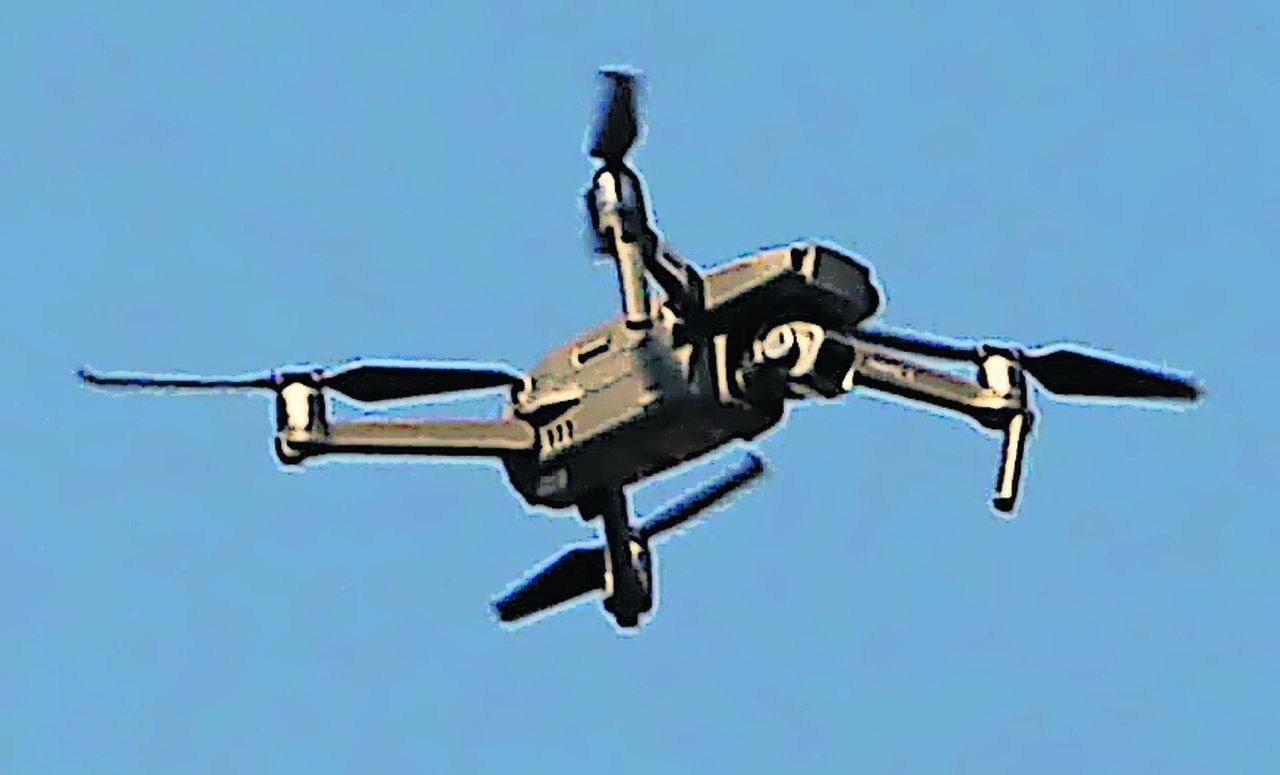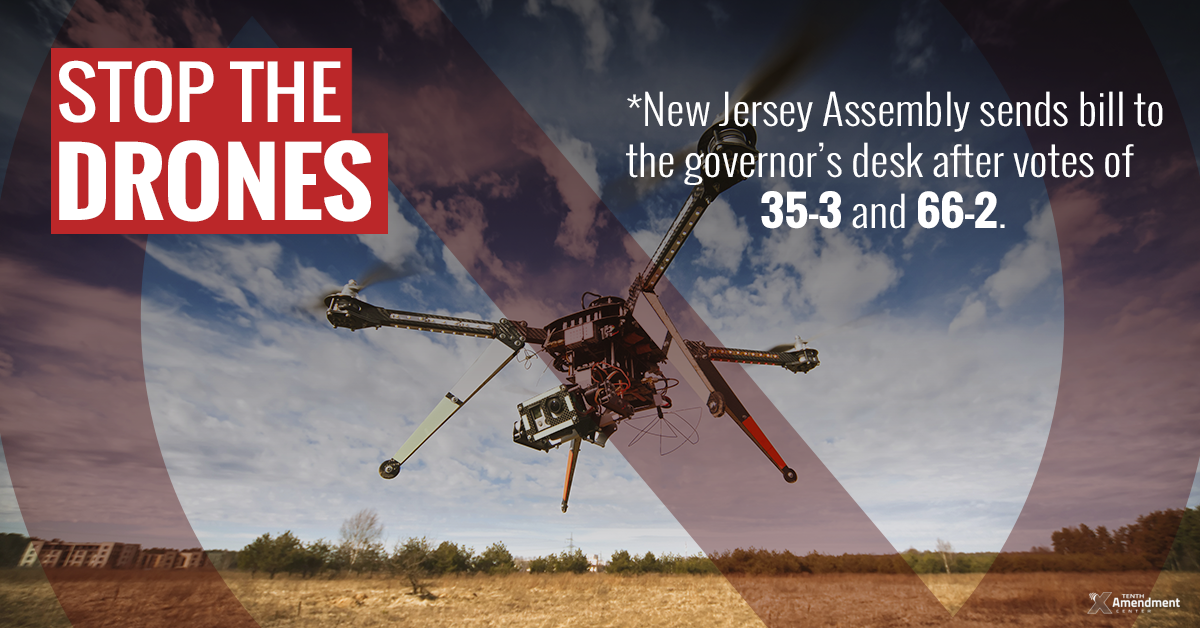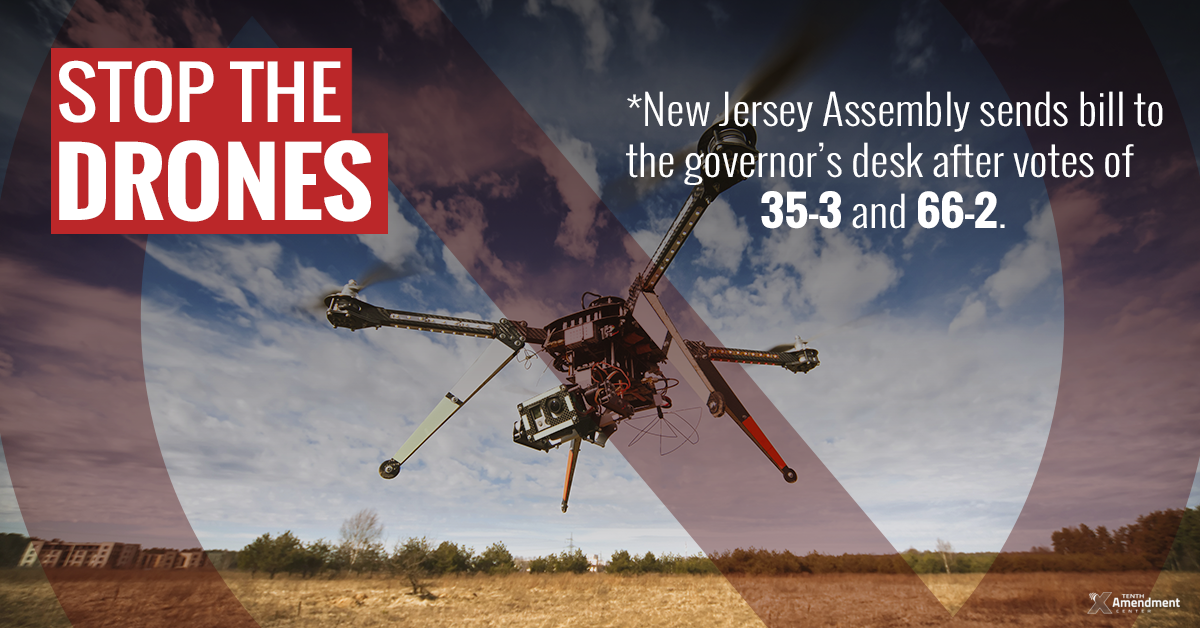Drones Over New Jersey Solved unveils a compelling narrative exploring the complexities of drone regulation, incidents, and technological solutions within the state. This examination delves into the legal framework governing drone operation in New Jersey, analyzing penalties for violations and comparing state regulations with neighboring jurisdictions. We’ll explore common drone-related incidents, examining their impact on public safety and the challenges faced by law enforcement.
Further, we’ll investigate technological advancements in drone detection and counter-drone systems, evaluating their effectiveness and potential for future applications. Finally, we’ll consider public perception of drones and the role of education in promoting responsible drone use, drawing upon case studies of successfully resolved drone incidents to illustrate effective strategies.
The narrative will weave together legal analysis, technological insights, and real-world examples to provide a comprehensive understanding of the multifaceted issues surrounding drones in New Jersey. Through this exploration, we aim to shed light on the evolution of drone regulation, the ongoing efforts to mitigate risks, and the importance of a balanced approach that fosters innovation while ensuring public safety.
Legal Ramifications of Drone Use in New Jersey
Navigating the legal landscape of drone operation in New Jersey requires understanding specific state regulations and potential penalties. This section details New Jersey’s drone laws, compares them to neighboring states, and presents a hypothetical scenario illustrating potential legal consequences.
New Jersey State Drone Laws
New Jersey’s drone laws largely align with federal regulations established by the Federal Aviation Administration (FAA). These regulations cover aspects such as registration requirements, operational limitations near airports, and restrictions on flying over private property without permission. Specific state laws may address additional concerns, such as privacy violations and the use of drones for illegal activities. Operators must be aware of all applicable federal and state rules.
Penalties for Violating Drone Regulations
Penalties for violating New Jersey’s drone regulations can range from fines to criminal charges, depending on the severity of the infraction. Minor violations, such as unregistered drone operation, might result in warnings or relatively small fines. More serious violations, like flying a drone near an airport without authorization or using a drone to commit a crime, could lead to substantial fines, imprisonment, or both.
The exact penalties are determined on a case-by-case basis.
Comparison with Neighboring States
While New Jersey’s drone laws largely mirror federal standards, subtle differences exist when compared to neighboring states. For example, some states might have stricter regulations concerning drone flights over populated areas or specific restrictions on commercial drone operations. Understanding these variations is crucial for individuals operating drones near state borders. A thorough review of each state’s specific regulations is advisable for cross-border drone operations.
Hypothetical Drone Violation Scenario
Imagine a scenario where a drone operator, without proper authorization, flies their drone over a private residence, capturing images of the property’s interior. This action could violate both federal privacy laws and New Jersey’s laws regarding trespassing and unauthorized surveillance. The potential consequences could include civil lawsuits for invasion of privacy, significant fines, and even criminal charges depending on the intent and nature of the captured imagery.
Summary of Key Aspects of New Jersey Drone Law, Drones over new jersey solved
| Aspect | Description | Penalty | Federal/State |
|---|---|---|---|
| Registration | Required for certain drones | Fines | Federal |
| Airport Proximity | Restricted airspace near airports | Fines, imprisonment | Federal |
| Privacy Violations | Unauthorized surveillance | Fines, civil lawsuits | State |
| Operation over Private Property | Requires property owner’s permission | Fines, civil lawsuits | State |
Common Drone-Related Incidents in New Jersey
Several recurring types of drone incidents challenge law enforcement and impact public safety in New Jersey. This section examines three prevalent incident types, explores the challenges faced by authorities, and illustrates the impact on public safety and infrastructure.
Types of Drone Incidents
Three common drone-related incidents in New Jersey include unauthorized drone flights near airports, drones interfering with emergency response operations, and drones being used for illegal activities such as smuggling or surveillance. Each presents unique challenges to law enforcement and public safety.
Examples of Drone Incidents
For example, a drone might unintentionally stray into restricted airspace near an airport, causing temporary flight disruptions. In another instance, a drone could interfere with a search and rescue operation by obstructing the view of emergency responders. Furthermore, drones have been used in illegal activities such as delivering contraband to prisons or conducting unauthorized surveillance of individuals.
Challenges for Law Enforcement
Addressing drone-related incidents presents several challenges for law enforcement. Identifying the drone operator, locating the drone, and taking appropriate action are all complex tasks. The increasing availability of drones and the anonymity they can offer complicate investigations.
Impact on Public Safety and Infrastructure
These incidents can significantly impact public safety and infrastructure. Drone interference with emergency response operations can delay critical assistance, while drones used for illegal activities can pose direct threats to individuals and communities. Unauthorized drone flights near airports pose a serious risk to aviation safety.
Typical Response Protocol for Drone Incidents
A flowchart would visually represent the typical response protocol, starting with incident reporting, followed by drone identification and location, operator identification, investigation, and finally, appropriate legal action.
Technological Solutions for Drone-Related Problems
Technological advancements offer various solutions for addressing the challenges posed by drones. This section explores different drone detection and counter-drone systems, compares their advantages and disadvantages, and presents a hypothetical scenario demonstrating the application of a new technology.
Drone Tracking and Identification Technologies
Several technologies are employed to track and identify drones. These include radar systems, radio frequency (RF) detection systems, optical sensors, and AI-powered systems capable of analyzing visual data to identify and track drones. Each technology has its strengths and limitations, and their effectiveness varies depending on factors like drone type, environment, and range.
Effectiveness of Drone Detection and Counter-Drone Systems

The effectiveness of drone detection systems depends on various factors including the technology used, environmental conditions, and the type of drone being detected. Some systems are more effective at detecting larger drones, while others are better at detecting smaller, more stealthy drones. Environmental factors such as weather conditions and terrain can also affect detection capabilities.
Advantages and Disadvantages of Technologies
Radar systems offer long-range detection but may struggle with small drones. RF detection systems can pinpoint the drone’s location but are susceptible to interference. Optical systems provide visual identification but have limited range. AI-powered systems can analyze data from multiple sources to improve accuracy but require significant computing power.
Hypothetical Scenario: New Technology Deployment
Imagine a new AI-powered system integrated with existing city surveillance cameras. This system could automatically detect and track unauthorized drones within city limits, alerting authorities in real-time and providing crucial information for rapid response. This technology could significantly enhance security and reduce response times to drone-related incidents.
Key Features of an Ideal Drone Detection System
- Long-range detection capabilities
- Ability to identify drone type and operator
- Real-time alerts and tracking
- Integration with existing law enforcement systems
- Resistance to interference and jamming
- High accuracy and low false positive rate
- Ease of use and maintenance
Public Perception and Drone Usage in New Jersey: Drones Over New Jersey Solved
Public perception significantly influences policy decisions regarding drone use. This section explores public opinion, common concerns, and the importance of public education in promoting responsible drone operation.
General Public Perception of Drones
Public perception of drones in New Jersey is mixed. While some recognize the potential benefits of drones in various sectors, others express concerns about privacy, safety, and security. These varying perspectives influence policy debates and the implementation of regulations.
Common Public Concerns
Common concerns include the potential for unauthorized surveillance, the risk of drones being used for malicious purposes, and the lack of clear regulations regarding drone operation. Concerns about data privacy and the potential for drones to be used to violate personal space are also prevalent.
Influence on Policy Decisions
Public perception directly impacts policy decisions. Strong public opposition to certain aspects of drone use can lead to stricter regulations, while positive public sentiment can facilitate the adoption of more permissive policies. Understanding public opinion is crucial for policymakers.
Importance of Public Education
Public education plays a vital role in fostering responsible drone use. Educating the public about safe drone operation, relevant laws, and potential risks can help mitigate concerns and promote responsible behavior. Public awareness campaigns can significantly influence attitudes and behavior.
Comparison of Public Opinion Across Demographics

| Demographic | Positive Perception | Negative Perception | Neutral Perception |
|---|---|---|---|
| Age 18-35 | High | Moderate | Low |
| Age 36-55 | Moderate | Moderate | High |
| Age 56+ | Low | High | Moderate |
Case Studies of Solved Drone Incidents in New Jersey
Analyzing solved drone incidents provides valuable insights into effective investigative techniques and response protocols. This section details at least three solved cases, compares different approaches, and highlights key lessons learned.
Solved Drone Incident Case Studies
Case Study 1 might involve a drone that crashed into a power line, causing a power outage. The investigation involved reviewing flight records, analyzing drone wreckage, and interviewing potential witnesses to identify the owner and determine the cause of the accident. Case Study 2 could detail the successful apprehension of a drone operator who used a drone for illegal surveillance.
Law enforcement utilized technological tracking and surveillance to identify the operator and gather evidence. Case Study 3 might focus on a situation where a drone interfered with emergency services, highlighting the challenges of rapid response and the importance of coordinated efforts between law enforcement and emergency responders.
Methods Used to Solve Incidents
The methods used varied depending on the nature of each incident. Some cases involved technological tracking and surveillance, while others relied on witness testimonies and physical evidence. In some instances, collaboration between law enforcement agencies and other stakeholders was crucial for successful resolution.
Comparison of Approaches
Comparing the approaches reveals that a multi-faceted strategy, combining technological solutions with traditional investigative methods, is often most effective. The successful resolution of each case depended on a thorough investigation, careful analysis of evidence, and appropriate legal action.
Factors Contributing to Successful Resolution

Successful resolution often depended on factors such as prompt reporting of the incident, effective collaboration between agencies, the availability of technological tools, and the strength of the evidence gathered. Swift and decisive action is critical in many cases.
Key Lessons Learned
- Prompt reporting of incidents is crucial.
- Technological tools are essential for investigation.
- Collaboration between agencies is vital.
- Strong evidence is needed for successful prosecution.
- Public education promotes responsible drone use.
In conclusion, the “Drones Over New Jersey Solved” narrative highlights the evolving landscape of drone regulation and usage. Successful resolution of past incidents underscores the importance of robust legal frameworks, advanced technologies, and proactive public education. As drone technology continues to advance, a collaborative approach involving law enforcement, technology developers, and the public will be crucial in ensuring safe and responsible integration of drones into New Jersey airspace.
The ongoing dialogue and adaptation to emerging challenges will be key to maintaining a balance between technological progress and public safety concerns.
Questions and Answers
What are the most common violations of drone laws in New Jersey?
The recent concerns regarding unauthorized drone activity over New Jersey appear to be resolved. This highlights the importance of responsible drone operation and the need for advanced air mobility solutions, such as those being developed by companies like archer aviation. Their innovative designs could contribute to safer, more regulated airspace, ultimately helping prevent future drone-related incidents over New Jersey and elsewhere.
Common violations include flying drones in restricted airspace (near airports, for example), flying without proper registration, and operating drones recklessly or negligently.
What is the process for reporting a drone-related incident in New Jersey?
The recent spate of unauthorized drone activity over New Jersey seems to be subsiding, thankfully. Authorities are investigating various incidents, including one particularly concerning event detailed in this report: drone shot down in nj. Understanding the circumstances surrounding this specific incident is crucial to developing comprehensive solutions for preventing future drone-related disruptions over the state.
Reports should be made to local law enforcement. Specific contact information will vary by jurisdiction.
Are there any specific licenses or certifications required to operate a drone in New Jersey?
Federal regulations (FAA) require registration of drones over a certain weight. Specific state regulations may add further requirements.
What kind of penalties can someone face for illegal drone operation in New Jersey?
Penalties can range from fines to jail time depending on the severity of the violation and any resulting damage or harm.
